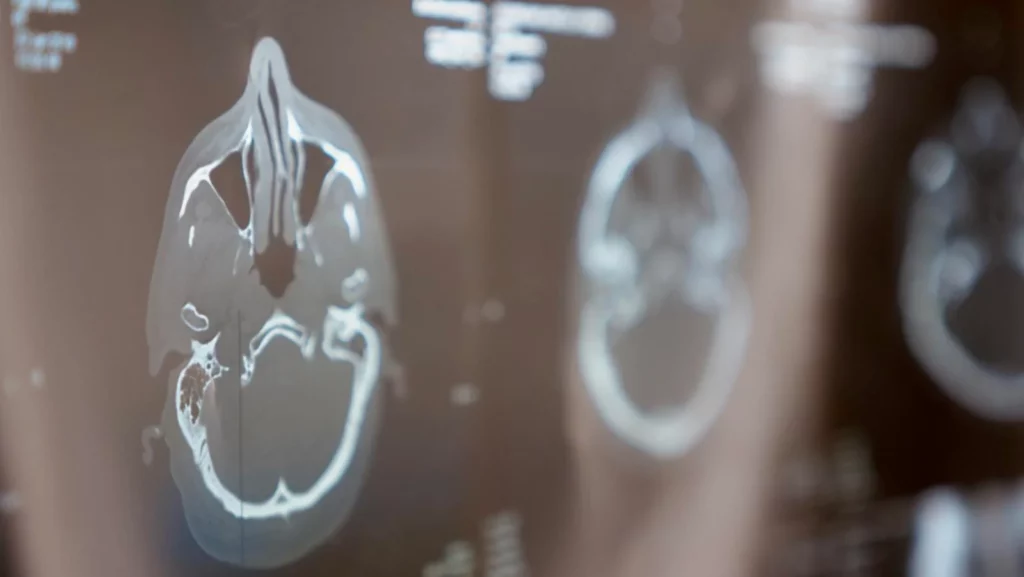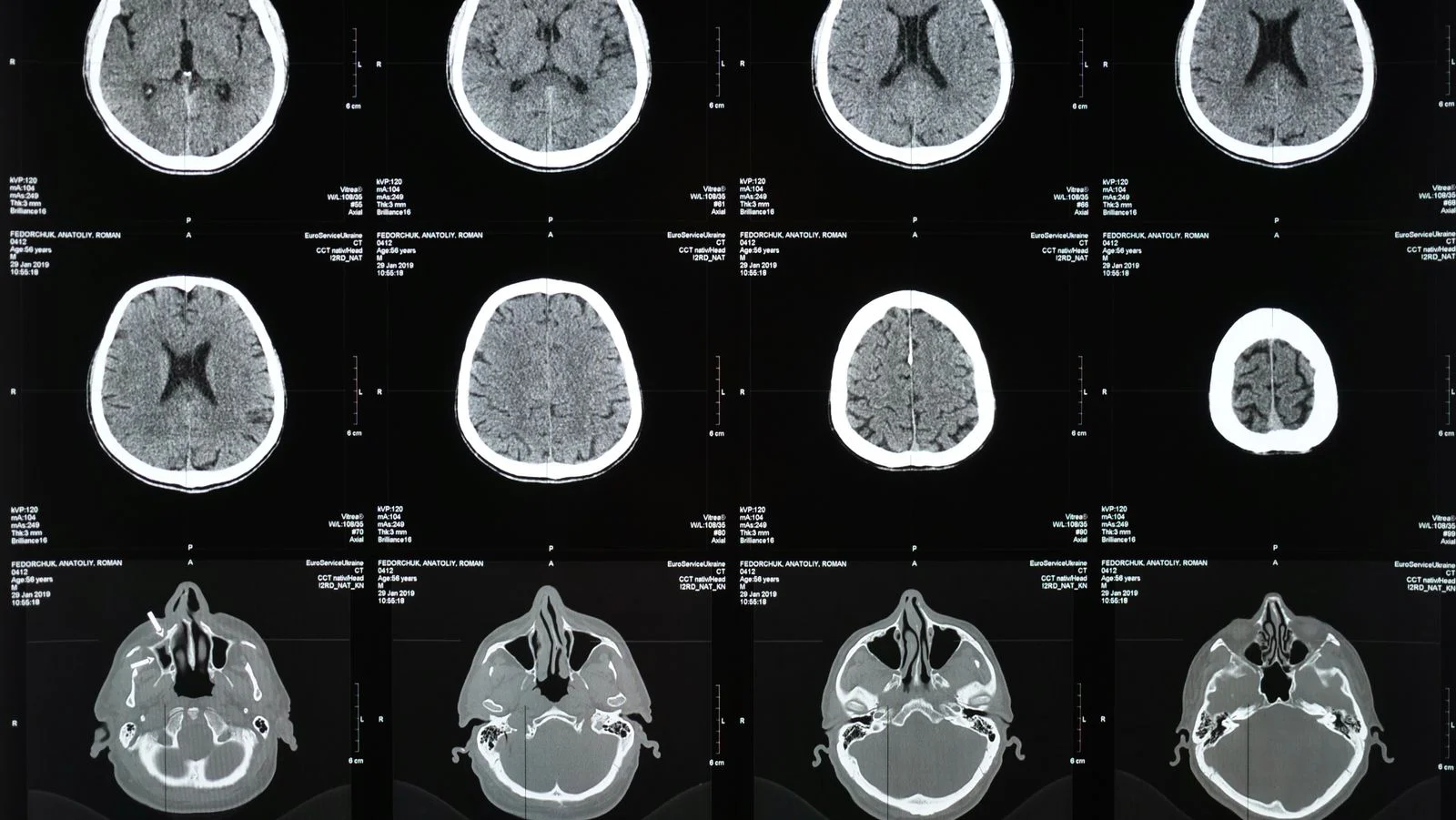TMS brain mapping is an innovative function of the therapy that has a transformative impact. With brain mapping for TMS, clients can enjoy access to improved clinical outcomes for various brain-related conditions.
Introduction
TMS mapping is an Innovative technique that has revolutionized the approach to treating a variety of neurological and psychiatric disorders.
-The Intricacies of TMS Brain Mapping
In order to treat symptoms of several neurological and psychiatric disorders, clinicians need to be able to target precise and often deep regions of the brain more effectively. There are several individual regions of the brain associated with neurological conditions, including the following:
- the medial prefrontal cortex,
- angular gyrus,
- dorsolateral prefrontal cortex,
- inferior frontal gyrus,
- superior parietal lobe,
- postcentral gyrus,
- precentral gyrus,
- middle temporal gyrus,
- superior temporal sulcus,
- lateral occipital cortex
- supplementary motor area/paracentral gyrus.
In several neurological conditions, more than one area may be the source of individual categories of symptoms, and as such, it’s important to be able to:
- Locate the individual regions of the brain and
- Provide specific treatment that only targets those regions without impacting other regions
However, not every brain is exactly the same. Different sizes and shapes for each of these regions exist throughout the population. Our brains are regularly growing, and that means they regularly change in shape and size.
Individuals who consistently scroll or type on a mobile device using only their thumbs develop larger sections of the brain related to their thumbs compared to the other four fingers, whereas prior to the development of the mobile phone, most people across the population had the same size region for all five digits.
This represents one small example of how the brain can change regularly and, with it, the need to understand exactly where specific regions are located in an individual in need of treatment.
TMS brain mapping represents the first part of any TMS program, and it allows clinicians to figure out where specific regions of the brain are located in each patient so that they can be more effectively targeted.

-TMS Mapping in Clinical Practice
When you start TMS treatment, your first day will focus on creating a TMS map that can be used for subsequent treatment. This type of TMS brain mapping helps determine where treatment should be localized on your head and how much stimulation should be targeted to specific regions of the brain.
With TMS mapping, you can expect professionals to work with you during your first session to identify the exact position of your motor cortex. This is a simple process where different areas of the brain get stimulated until a motor response takes place, much the same as when your doctor hits you on the knee to look for reaction times.
-The Mechanism Behind TMS Map
Unique technology can help guide brain mapping for TMS. Different technologies and software can help provide a visual map of where in the brain the stimulation is targeting and what response it is eliciting. This helps to figure out whether increased levels are needed to get a different or more precise response.

TMS as a revolutionary tool for brain health and therapy
With a TMS map, you get an opportunity to participate in a revolutionary tool for your brain health.
-Precision Targeting
Firstly, the most important benefit of brain mapping for TMS is that you can enjoy precision targeting. While medications and other therapies might focus on the whole brain, this type of therapy can pinpoint the exact locations that may be the cause or contributing factor to your symptoms.
Moreover, pinpointing exact locations also means reaching deeper areas in the brain tissue that might not be easily reached by other topical therapies. These deeper areas might be a specific region that has atrophied and isn’t functioning properly or is struggling with inflammation.
-Non-Invasive Technology
Using TMS brain mapping as a guide, professionals can use this type of revolutionary therapy without any anesthesia. As a non-invasive technology, TMS is a profound and innovative tool that has significantly fewer side effects.
In fact, the most common side effects are mild at best, only experienced by a small percentage of clients, and they tend to dissipate after the first few sessions:
- Minor headaches, or
- Discomfort on the head where electrodes were used.
-Customizable Treatment Plans
The fact that the technology is non-invasive means clients have a chance to schedule several more sessions than they might otherwise be able to fit into their schedule with competing Technologies and treatments. Without any anesthesia, there is little rebound time required for those who have undergone a TMS session.
This gives clients a chance to customize a treatment program with input from healthcare professionals. Treatment programs can be customized based on:
- The number of sessions each week
- How long each session lasts
- Where in the brain sessions are concerned with targeting
Clients also have the opportunity to make several changes to customized treatment plans as they move through a TMS program. A predetermined program might focus on the left dorsolateral prefrontal cortex, after which a second program might focus on a separate brain region in an effort to Target and remediate several symptoms from competing areas of the brain.

-Minimal Side Effects
TMS has markedly reduced side effects, especially when compared to prescription medications for many neurological disorders or mood disorders. The most common side effects include mild headaches and temporary discomfort around the face where electrodes were used. In most cases, both of these side effects go away after the first few sessions in a treatment program.
Limited side effects also mean the use of TMS brain mapping can be easily combined into an existing treatment program with other medications or therapies with little or no contraindications.
Summing Up
TMS brain mapping plays a revolutionary role in providing optimized and precise treatment for several conditions. Using a TMS map based on information gathered during your initial sessions, professionals have the opportunity to offer unique and potentially transformative treatment for a wide range of neurological conditions.
